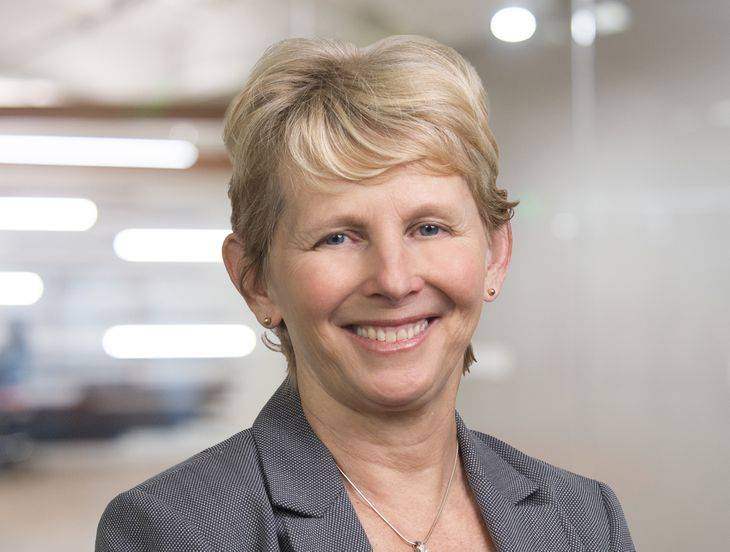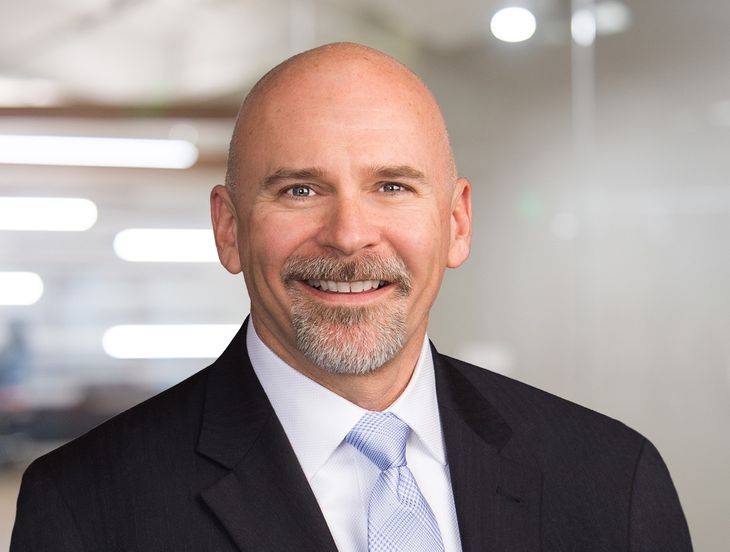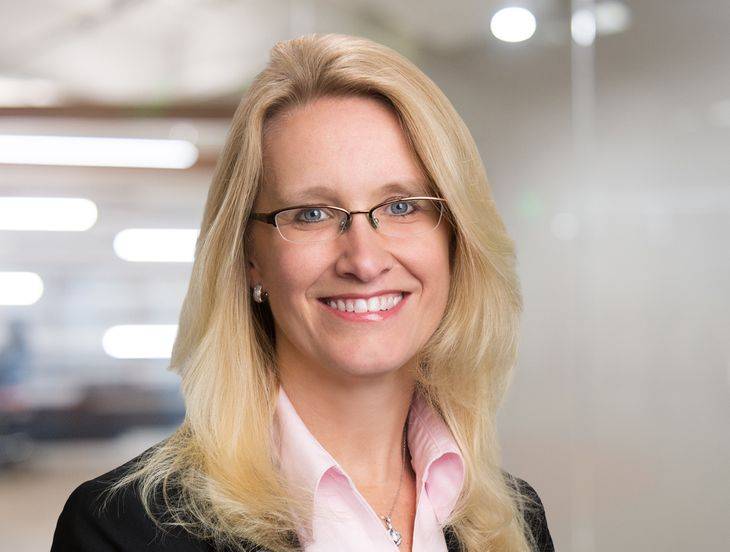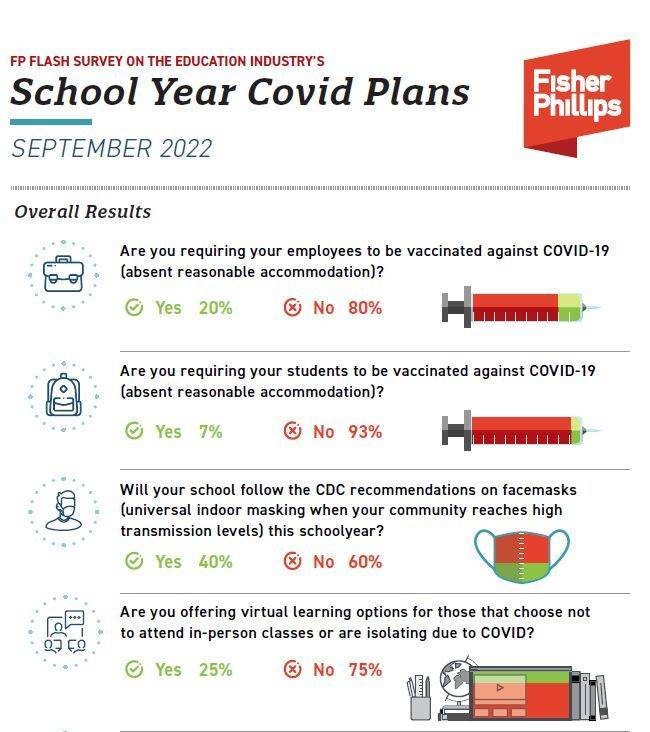FP Education Flash Survey Reveals Wide Differences in COVID Approach for New School Year
Insights
9.06.22
While the great majority of schools will not be requiring their students or staff to be vaccinated against COVID-19 this coming school year, that’s not necessarily true for schools in the Northeast and on the West Coast. Meanwhile, most schools are moving away from virtual learning options – except for higher education institutions, which are implementing it in droves. These are just some of the interesting data points taken from the recent FP Flash Survey conducted for the education community, which polled private and public schools at every level of learning. Fisher Phillips received 203 responses from schools across the country between August 9 and 19, which you can examine in detail here. What can your school glean from the results to see how you compare to your peers? The below Insight will describe some key findings.
Overall Results on Vaccinations
Before we dive deep into examining what specific schools are doing, we’ll first take a look at the overall results.
- When we asked schools whether they would be requiring their employees to be vaccinated against COVID-19 (absent reasonable accommodation) this coming school year, only 20% said yes.
- That number dropped significantly when we asked schools whether they would be requiring their students to be vaccinated – only 7% will be doing so for the start of the 2022-2023 school year.
Overall Results on Facemasks
Meanwhile, 40% of schools said they would be following the CDC recommendations on facemasks (universal indoor masking when your community reaches high transmission levels) this schoolyear.
Overall Results on Virtual Learning
Starting the 2022-2023 schoolyear, only 25% of schools will offer virtual learning options for those that choose not to attend in-person classes or are isolating due to COVID-19.
Overall Results on Air Quality
Finally, the overwhelming majority of schools – 82% – said they have increased their ventilation and indoor air quality since the beginning of the 2019-20 schoolyear.
Results by Region
When we break down the results by geographic region, we see that schools in the Northeast and the Pacific are taking a much more cautious approach when compared to their peers down South and in the Midwest.
Mid-Atlantic/New England schools
- Schools in the Mid-Atlantic (NJ, NY, PA, DE, DC, MD) and New England (CT, ME, MA, NH, RI, VT) are much more likely to require their staffs to be vaccinated. More than half of them – 55% – will be requiring employees to be vaccinated, compared to only 20% of schools across the country.
- And these same schools are more than three times as likely to require their students to be vaccinated when compared to the average school across the country. 24% of schools in the Northeast will mandate student vaccination against COVID-19 – the highest percentage in the country – compared to just 7% nationally.
- They are also more likely to follow the CDC’s facemask recommendations – a full 58% will be doing so this schoolyear compared to 40% nationally.
- Schools in the Northeast are in line with the national average when it comes to virtual learning offerings. 24% of them will permit online learning compared to 25% nationally.
- And just slightly less than the national average have increased ventilation and air quality in the last few years – 79% in the Northeast compared to 82% nationally.
Southern Schools
- There’s a different story to be told for schools in the South (VA, WV, SC, NC, GA, FL, AL, KY, MS, TN), where only 6% of schools will be requiring their employees to be vaccinated against COVID-19 this schoolyear.
- And requiring students to be vaccinated? That’s entirely non-existent for schools down South – at least among our survey respondents, with 0% reporting they would do so.
- Of all the regions in the country, schools in the South are least likely to follow CDC recommendations on face-masking this year. Only 22% will be doing so, compared to 40% nationally.
- But schools down South are also in line with the national average when it comes to virtual learning offerings. 20% of them will permit online learning compared to 25% nationally.
- And finally, they are exactly in line with the 82% national average when it comes to offering improved ventilation and indoor air quality.
Midwestern Schools
- It’s a bit of mixed bag for schools in the Midwest (WI, MI, IL, IN, OH, MN, IA, MO, KS, NE, SD, ND) – they are similar to the South when it comes to vaccinations but closer to Northeastern schools on facemasks.
- Only 7% of Midwestern schools will require their employees to be vaccinated (again, compared to 20% nationally), and none of the Midwestern schools who responded to our survey indicated they would be requiring their students to be vaccinated.
- But whereas 40% of schools across the country will be following the CDC’s lead on facemasks in school, exactly half – 50% – of schools in the Midwest will do so.
- Schools in the Midwest are slightly more likely to offer virtual learning (36%) than the national average (25%).
- Finally, the Midwestern schools are about on par with the national average (82%) of schools that have boosted their ventilation and air quality, with 85% of them reporting having done so.
Southwestern Schools
- The schools in the Southwest U.S. (LA, AR, OK, TX, AZ, NM) largely mirrored the same types of responses as schools down South.
- Only 7% will be requiring employees to be vaccinated.
- Only 2% will be requiring students to be vaccinated.
- 28% will be following CDC facemask recommendations.
- Only 12% (the lowest in the country) will be providing virtual learning options.
- And 77% have increased ventilation and indoor air quality.
Pacific/Mountain Schools
- Finally, schools in the Pacific (CA, OR, WA, AK, HI) and the Mountain regions (NV, WY, MT, UT, CO, ID) will mostly be mirroring the approach taken by schools on the opposite coast.
- 38% of them will be requiring employees to be vaccinated.
- 12% will be requiring students to be vaccinated.
- The highest percentage of any region – 62% – will be following the CDC’s recommendations on facemasks.
- Also highest is the percentage of schools offering virtual learning options: 44%.
- And finally, also highest is the percentage of schools that have increased their ventilation and indoor air quality, with 88% having done so.
Results by Student Range
The results broken down by student range show that K-12 schools are least likely to take COVID-19 vaccination precautions and higher education institutions are much more apt to take facemask and virtual learning steps than the average school.
K-12 Schools
- Only 17% of K-12 schools will be requiring their employees to be vaccinated against COVID-19 this coming school year, the lowest percentage of any school range.
- And only 5% will be requiring students to prove COVID-19 vaccination before returning to school for the 2022-23 schoolyear.
- Meanwhile, the percentage of K-12 schools that will follow CDC recommendations on facemasks (36%) is fairly close to the national average of 40%.
- And 19% of K-12 schools will offer virtual learning options compared to the 25% national average.
- 85% of K-12 schools have boosted their ventilation and indoor air quality standards, a slight bump from 82% nationally.
Elementary Schools
- Interestingly, elementary schools are most likely to require their staff to be vaccinated this schoolyear (30%, compared to 20% overall) – yet are least likely to require their students to be vaccinated (4%, compared to 7% overall).
- Elementary schools are pretty much right in line with the national overall average when it comes to following the CDC recommendations on facemasks. 42% of such schools will follow the CDC’s lead compared to 40% overall.
- We see a similar story when it comes to virtual learning options. 25% of all schools will be providing online education of some sort, and 23% of elementary schools will do so.
- Finally, elementary schools are also in line with national averages on increased ventilation and indoor air quality. 83% of them have boosted their air safety compared to 82% overall.
Secondary Schools
- Secondary schools are a bit of anomaly when it comes to COVID-19 precautions. On the one hand, they are about in line with the overall average when it comes to requiring employees to be vaccinated – 22% of them will mandate employee vaccinations compared to 20% overall.
- But we see the highest percentage of all schools when it comes to requiring students to be vaccinated. 17% of secondary schools are requiring proof of vaccination from students compared to 7% overall.
- But then again, secondary schools are least likely to follow CDC recommendations on facemasks, with only 26% reporting they will do so (compared to 40% overall).
- And secondary schools are also least likely to offer virtual learning options – only 17% will be doing so, compared to 25% overall.
- Finally, secondary schools are right in line with overall averages on air quality and ventilation improvements: 83% have made such improvements compared to 82% overall.
Higher Educational Institutions
- Institutes of higher education are more likely than the average school to follow COVID-19 precautions – sometimes by a considerable margin.
- 29% of them require employees to be vaccinated (compared to 20% overall) and 14% require students to be vaccinated (compared to 7% overall).
- The two biggest data points that jump off the page involve higher education’s views on facemasks and virtual learning. While only 40% of schools overall will be following the CDC’s recommendations on facemasks, a full 64% of higher ed schools will do so.
- And while only 25% of schools overall will be offering virtual learning options this schoolyear, a whopping 79% of higher education institutions – more than three times the overall average – will be providing that resource for their students.
- And just like with all other schools in various age ranges, higher ed schools are essentially in line with overall averages on air quality and ventilation improvements: 83% have made such improvements compared to 82% overall.
Results by School Type
It probably comes as little surprise that religious schools are usually least likely to follow COVID-19 precautions – but our survey results also showed that public schools are also unlikely to take certain steps as well.
Public Schools
- Most likely due to state legal restrictions, public schools are the least likely to require either students or staff to be vaccinated against COVID-19. Only 5% of public schools will mandate employees to be vaccinated (compared to 20% overall), and none of the public schools responding to our survey (0%) will require their students to be vaccinated this coming school year.
- In a twist, however, public schools are by far the most likely to follow CDC recommendations on facemasks. 65% of public schools will follow the CDC guidance compared to 40% overall.
- And along those same lines, 45% of public schools will offer virtual learning options. This is the highest percentage of any type of school, compared to just 25% of all schools.
- Finally, 90% of public schools report having increased their ventilation and indoor air quality in the last several years, the highest percentage in our survey.
Religious Schools
- Religious schools are similar to public schools in their approach to vaccinations. Only 14% of religious schools that responded to our survey will require their employees to be vaccinated this coming schoolyear, and only 3% will require students to offer proof of vaccination.
- Where religious schools diverge from public schools, however, is when we examine their attitudes toward facemasks. Only 25% will follow CDC recommendations on facemasks, by far the lowest percentage in our survey and far below the 40% average of all schools.
- Religious schools are also not considering virtual learning options to the same extent. Only 18% will offer online learning compared to 25% of all schools overall.
- As with all schools, religious schools have reported an increase in their ventilation and indoor air quality efforts – 82% have done so, exactly the same as the overall average.
Private Secular Schools
- Finally, private secular schools appear to be the most consistently cautious when it comes to their approach to COVID-19 precautions. They are much more likely to require employees to be vaccinated than other schools across the country: 31% of private secular schools will require staff to be vaccinated compared to 20% of all schools overall.
- And the same story is true for student vaccinations: 12% of private secular schools will require their students to show proof of vaccination this schoolyear, the highest of any percentage and certainly higher than the 7% overall average.
- Private secular schools fall in the midpoint between public schools and religious schools when it comes to their facemask approach. 48% of them will follow CDC recommendations, compared to 40% overall (and compared to 65% public and 25% religious).
- Private secular schools are pretty much in line with the national average when it comes to virtual learning options, with 23% providing such a resource (compared to 25% overall).
- And the same is true for the increase to ventilation and indoor air quality. 78% have boosted their efforts compared to 82% overall.
Conclusion
Again, you can examine all the details by clicking through here for an overview of all of our survey results. We will monitor these developments and provide updates as warranted so make sure that you are subscribed to Fisher Phillips’ Insights to get the most up-to-date information direct to your inbox. If you have further questions, contact your Fisher Phillips attorney, the authors of this Insight, or any attorney in our Education Team.
Related People
-
- Suzanne K. Bogdan
- Partner
-
- Stephen J. Roppolo
- Partner
-
- Kristin L. Smith
- Partner



